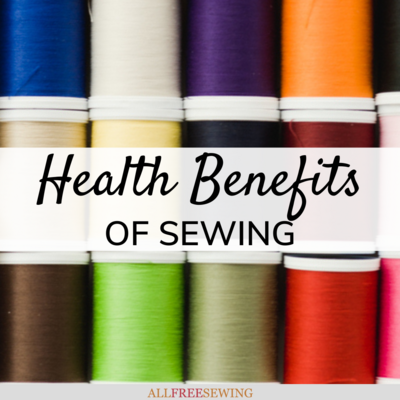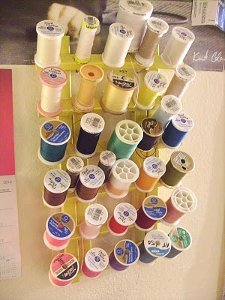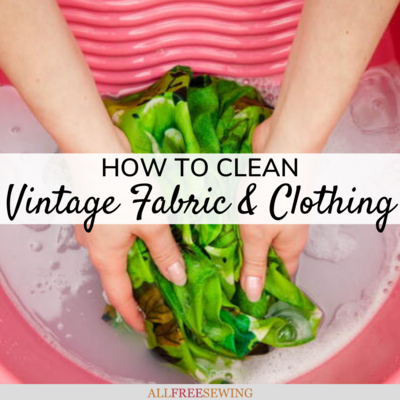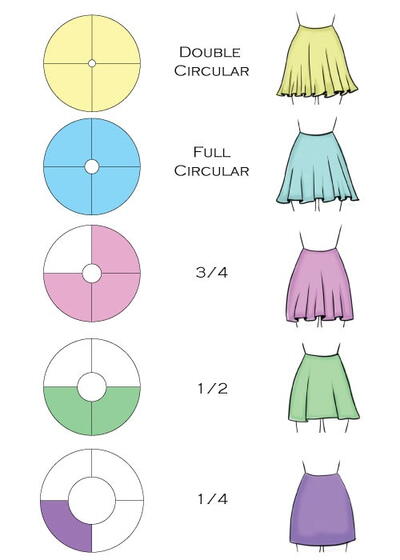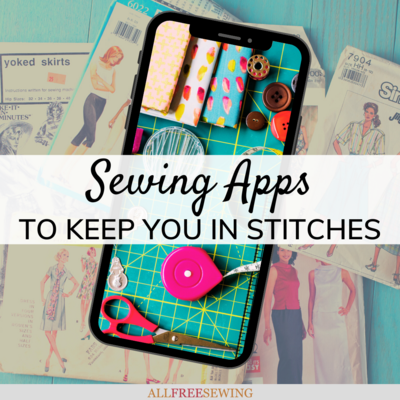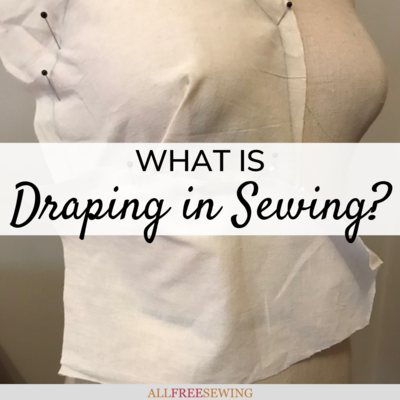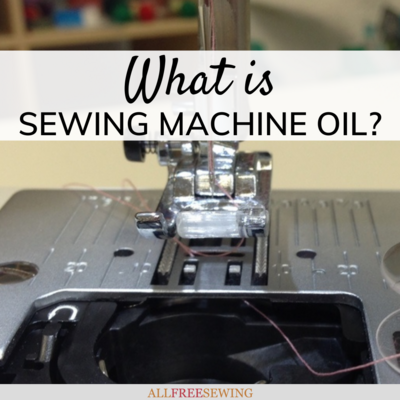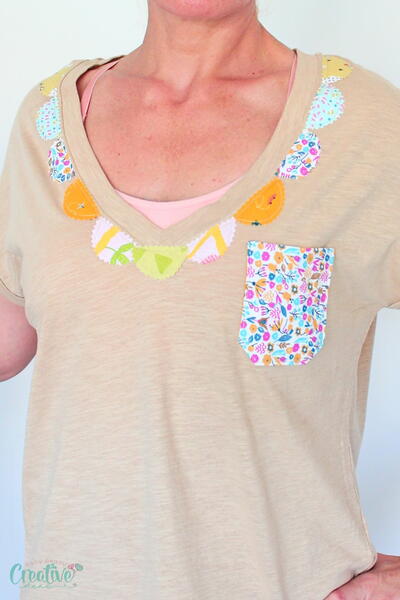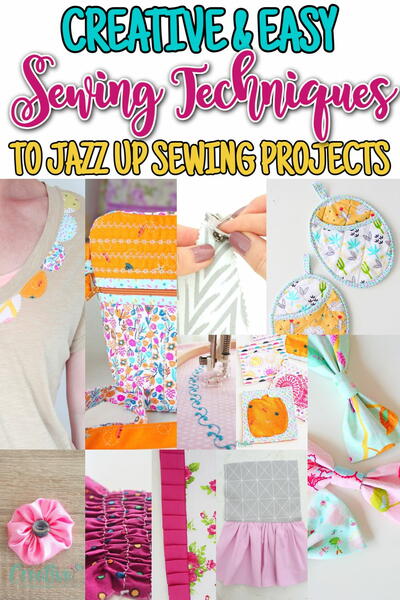What's the Difference Between Fabric Scissors and Paper Scissors?
You used my fabric scissors for what?? If you've heard this before, then read this article to learn why the different types of scissors matter!
Cutting paper with fabric scissors is a big no-no when it comes to sewing, but why? What's the Difference Between Fabric Scissors and Paper Scissors?
That's exactly what this page is about. We're answering every question you have about scissors. First, learn about the types of scissors you might or might not know about.
Then, learn the differences between fabric and paper scissors. After that, you'll learn the nuances of why it's so important to keep your various scissors to the use you intend.
But that's not all! We're also sharing suggestions for the best scissors to buy for your home and sewing projects.
You'll also learn a few troubleshooting solutions, such as how to fix scissors that won't cut, how to cut fabric with scissors, how to cut fabric in a straight line with scissors, and how to cut fabric without scissors.
Don't miss our scissor holder patterns and additional resources at the end of this article. We have no doubt that whatever questions you have about cutting tools will be answered on this page.
Join Sewing It Up For More Free Patterns, Tutorials, & Guides >>
FIRST! Resources for the Difference Between Fabric Scissors and Paper Scissors
If you use my fabric scissors... What about rotary cutters, self-healing mats, and additional cutting information? Check out these guides and tutorials to learn more:
- Rotary Cutter Blade Guide
- How to Use a Rotary Cutter & Mat
- Self-Healing Cutting Mat Care
- Guide to Rag Quilt Scissors
- Secure Scissor Tip
- Sewing Tools & Equipment
- How to Cut Fabric
- How to Cut Felt
- How to Cut a Straight Line
- How to Stop Fraying on Fabric
- How to Cut a Pattern in Your Size
- How to Cut & Leave Patterns Intact
- Which Is Better: Rotary Cutters Or Scissors?
Who Invented Scissors?
It's frightening to think of a world without scissors based on how often we all use them. Luckily, scissors have been around for ages, and there are countless types - sewing, fabric, all-purpose, grooming, gardening, and so on.
So, who actually invented scissors? Because of their long history, the exact inventor of scissors is nearly impossible to pin down. Robert Hinchcliffe, however, is credited as the first to invent the modern scissors that we know and love today. In 1761, he became the first to use steel to manufacture scissors and mass-produce them for a large audience.
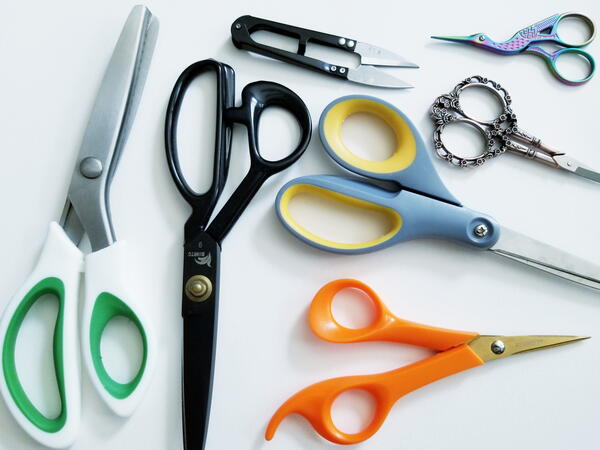
Types of Scissors
When it comes to specific types of scissors, there are a lot. This page will focus on those used for sewing and sewing-related crafting. These types include:
• All-purpose/crafting scissors - Plus right/left-handed/ambidextrous versions. This type is larger and often has comfort-grip handles. These can be used for most needs, from your kitchen to your sewing room. It's always smart to have a few of these pairs in your home. Shown below!
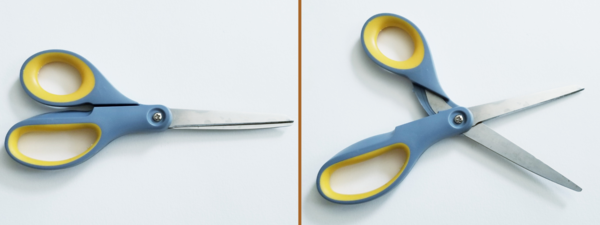
• Applique scissors - AKA duckbill scissors. These are smaller scissors with unique blades that include a paddle (think duckbill) on one side. Use these sharp scissors for applying and cutting appliques, embroidery, and cutting threads.
• Buttonhole scissors - Small scissors with two short blades that are only 2–3 inches long. One blade is tapered on the outside edge and the other is blunt. This type is used for opening the buttonholes carefully as to not damage or stretch stitches. Certain brands feature an adjustable screw to determine a precise length. Shown below!
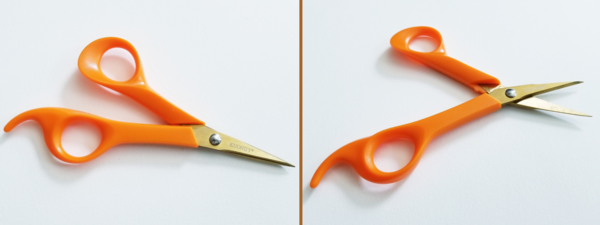
• Dressmaking/Tailor shears - These scissors are long and substantial, perfect for cutting fabric. The blades are 7–10 inches long and the bottom blade is flat for ease of cutting on tables. Shown below!
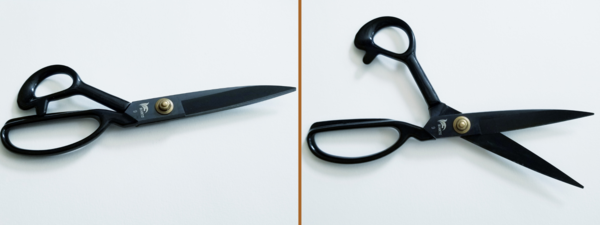
• Embroidery scissors - Small and often decorative, embroidery scissors are ideal for cutting thread while embroidering. With incredibly sharp blades that are 1–2 inches long, many have a point cover for protection. Shown below in two different styles!
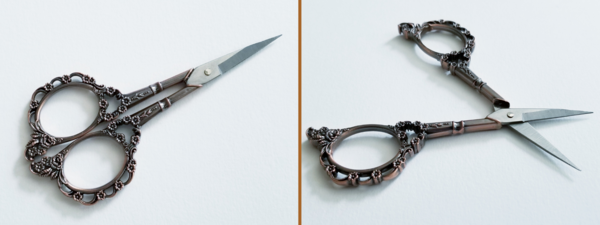

• Pinking shears - Plus various decorative cutting versions. These scissors can range from smaller to larger pairs and have zig-zag blades. The zig-zag creates jagged yet clean cuts that help fabric avoid fraying or creating a decorative look to fabric edges. Shown below!
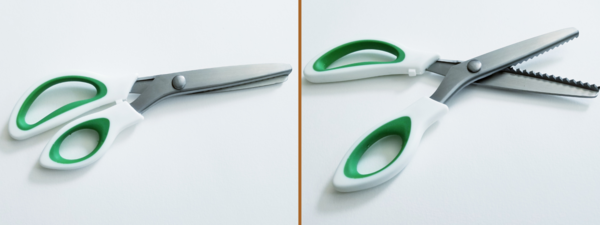
• Sewing scissors - A general version of the more specific types discussed here. This type can range in size but are often very sharp for clean and precise cuts of fabric, ribbon, or patterns.
• Thread clippers - Made specifically for ease of use when cutting threads, but can also be used for sharp and quick cuts. Often without finger gripping handles, these scissor handles are spring-loaded. This allows these snips to be used with one hand. Shown below!
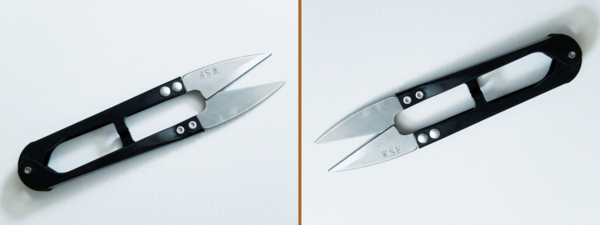
• Travel scissors - Usually not sharp for safety, this type of scissors is made for on-the-go crafting. The scissors tend to be small and fold up so that the blade is hidden and the pair can be thrown in any bag and used when other scissors aren't available, but only for certain cutting needs. Shown below!

Fabric Scissors Meaning
Fabric scissors are scissors specially designed to cut fabric. They are made with extremely sharp blades, which allow them to easily cut through resistant and texturized materials and quickly clip threads. Under the general umbrella of fabric and sewing scissors are the more distinct types that vary in size, sharpness, and style.
Can you cut felt with fabric scissors? Yes, though you may want to claim a pair as your felt scissors since the sheets can be plastic-based or thicker than standard fabric. It's also important to not use your good fabric scissors for adhesive felt unless you're able to clean them well.
You can technically use most scissors, even all-purpose, to cut fabric but it's important that the blades are sharp (taking good care and sharpening your scissors is a must) and the length is manageable for cutting straight.
Most sewists prefer longer and stronger scissors to cut straight and larger pieces of fabric and shorter, lighter scissors to cut smaller pieces, curves, and threads.
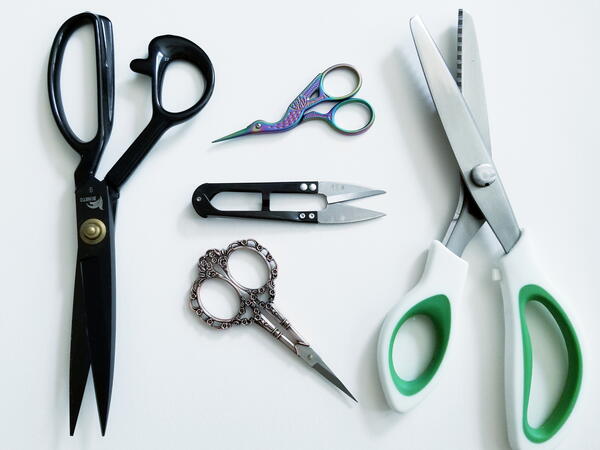
Paper Scissors Meaning
Paper scissors are scissors made for general, everyday purposes in the home, classroom, or office. They make cutting paper and other light-duty materials possible. As with fabric and other types of scissors, paper scissors can vary in size, sharpness, and style.
Paper scissors are what you want to keep for pattern cutting and non-fabric-related cutting in your sewing room.
Does cutting through pattern paper ruin scissors? Not necessarily but you should keep scissors for specific types of cutting. You can always mix and match depending on what works best for you but it's incredibly important to keep them for that purpose. If you need to keep them in a certain drawer or label them, you should. That way, you're not using fabric scissors to cut paper or vice versa.
What are the best scissors for paper cutting? Look for precision styles that are non-stick. You don't need sharp points at the end but you do want longer blades if you're cutting larger pieces. General/all-purpose scissors work best for paper.
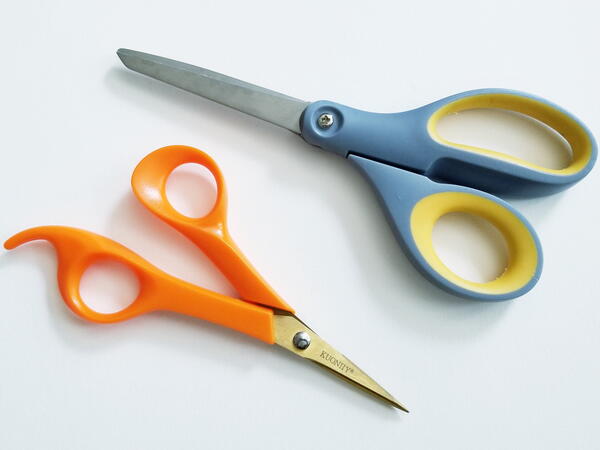
Why Does Paper Dull Scissors?
Paper is thin, flimsy, and soft; does it really have the power to dull my scissors? Yes, paper certainly has the power to destroy those sharp scissors. Paper contains elements, such as kaolin clay, titanium oxide, calcium carbonate and talc, that give the product stiffness and the ability to absorb ink.
Over time, these abrasive fibers transfer to your scissor's blades and dull their once-sharp edges. Not to mention tape, glue, pen/pencil, or ink that may be on the paper you're cutting. This can dull and further damage scissors.
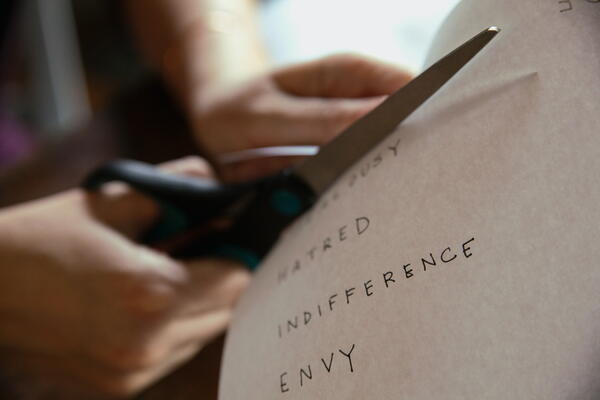
Why Can't You Use Fabric Scissors for Paper?
You may be thinking, my fabric scissors are extremely sharp and designed to cut through tough materials, surely they can stand to cut a few measly pieces of paper.
No! When using fabric scissors to cut paper, the harsh fibers and additives on the paper will transfer to the blades, wearing them down and quickening the dulling process. If you wish to keep your fabric scissors sharp and satisfactory, keep them far away from those deceivingly harmless pieces of paper!
So, what is the difference between fabric scissors and regular scissors? Fabric scissors have sharper, longer, and thicker blades than regular scissors. These blades allow them to cut through strong, resistant fabrics swiftly and cleanly in a way that regular scissors simply cannot.
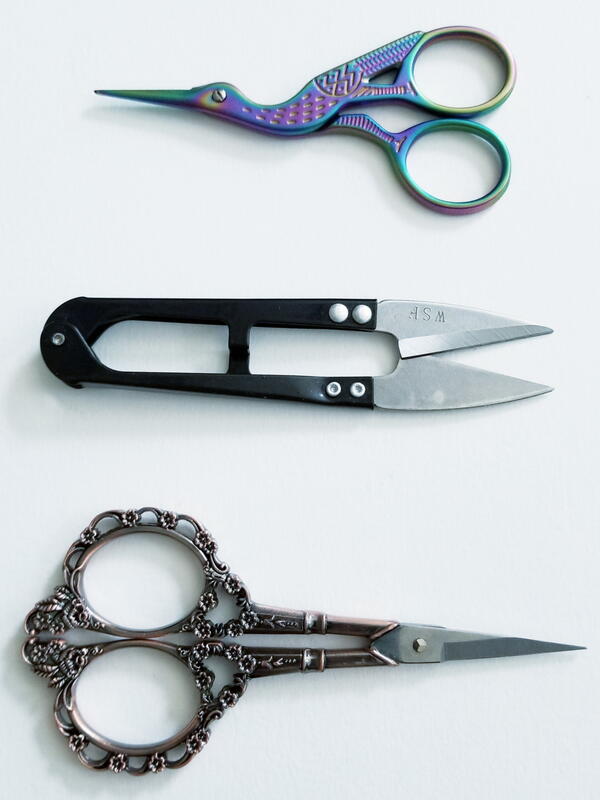
Can You Use Regular Scissors for Fabric?
The short and blunt blades of regular scissors will intensely struggle, if not altogether fail, to cut through most fabrics. Their blades are not designed to cut through material with so much give and resistance. Some fabric scissors simply don't work as well on paper. Once you start using the distinct types of scissors, you'll start seeing how much easier it is to use a certain pair of scissors.
As mentioned above, keep your scissors separate by use or label them so that you can quickly spot the correct pair for your task. A sticker label or adding a colored piece of yarn, ribbon, or thread to your scissors can help you differentiate between fabric and paper pairs. Just remember what label/color is what!
What are the Best Scissors for Cutting Fabric?
So, what are the best fabric scissors? We recommend:
• Guggenhein 9" Dressmaker Shears
• Karen Kay Buckley Perfect Scissors
• Fiskars 8" Razor-edge Softgrip Scissors
• Singer Fabric Scissors
• LIVINGO Premium Dressmaking Scissors
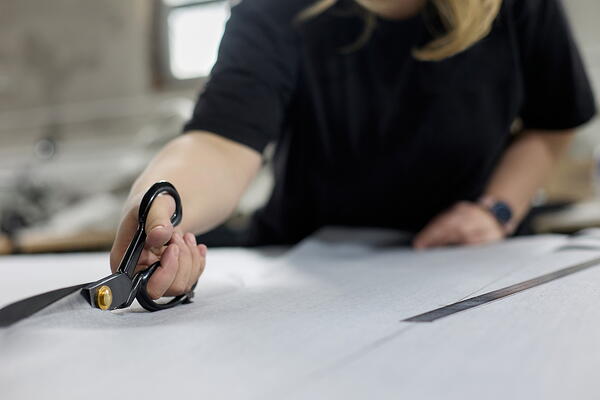
How to Fix Scissors That Won't Cut
If your scissors won't cut, there are a few options you can try:
- Perhaps, the pivot screw is loose. Try laying the scissors on a flat surface. Then, lightly hit the area with a medium ball-point hammer. Check to see if the scissors functionality has been restored and repeat the process, if not.
- OR try tightening the screw with a small flathead screwdriver until the desired effect is achieved.
- Maybe, the blade is dull. Get a screwdriver with a smooth shank and line it up against the scissor blades along the same angle as the cutting edge. Then, "cut" the scissors as you would normally in order to sharpen them.
- If the scissors are stiff, they may need a bit of oiling around the pivot and the blade.
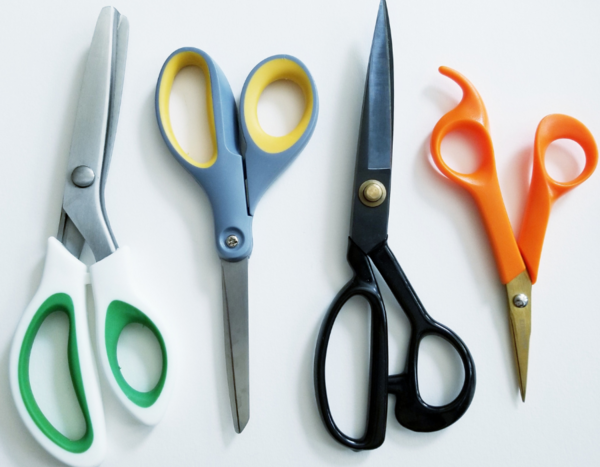
How to Cut Fabric With Scissors
Oftentimes, cutting fabric can prove to be awfully difficult. But we have a few tips to teach you how to cut fabric in a straight line with scissors:
- Fold the fabric lengthwise so the two selvages meet.
- Ensure there are no wrinkles.
- Position paper patterns on top and set in place with pins.
- Take long "bites" with the scissors.
- Never let the scissors shut completely; stop 1" before closing, slide scissors forward and cut again.
- If a pattern is particularly complex, consider doing a rough cut first and then cutting later with more precision.
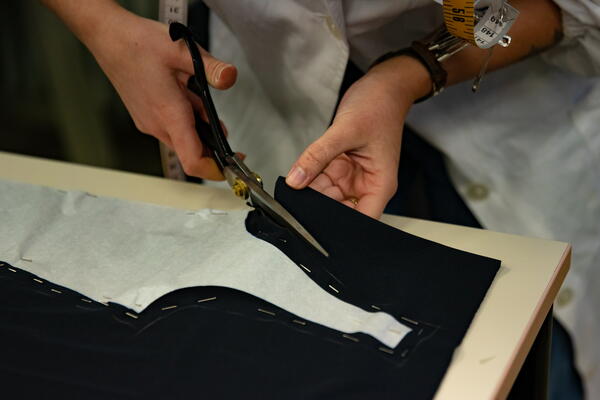
Scissor Case Sewing Patterns
Pin the Difference Between Fabric Scissors and Paper Scissors guide on Pinterest
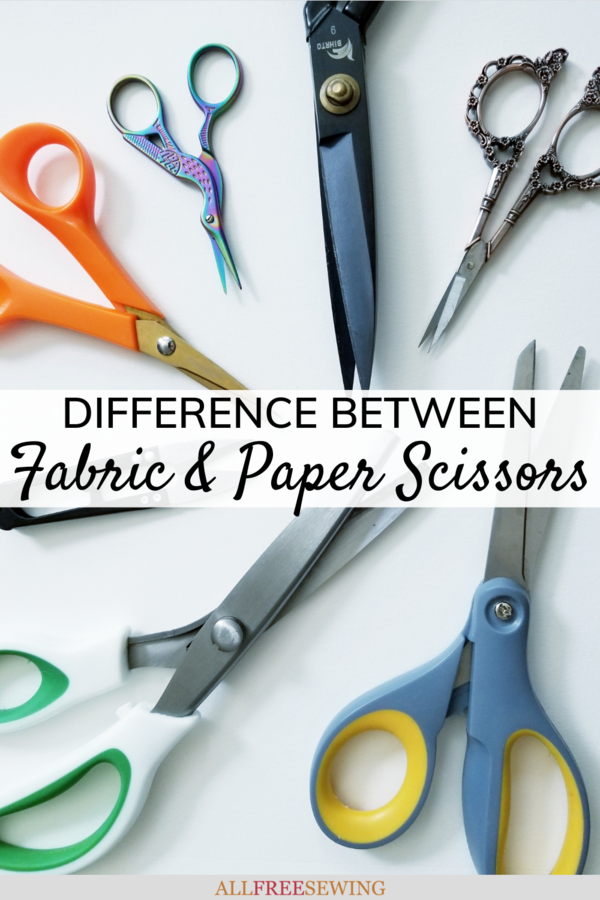
Want More?
50+ Sewing Hacks That Will Change Your Life >>
What is your favorite brand of sewing scissors?
Let us know in the comments!


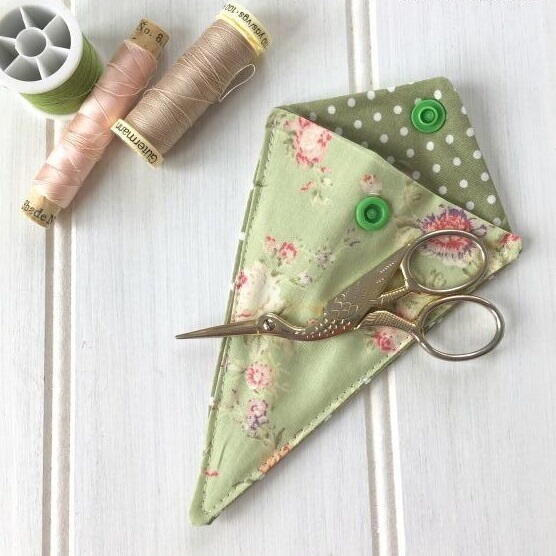
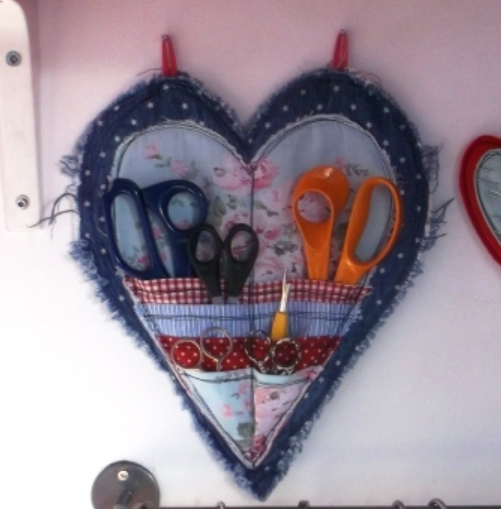
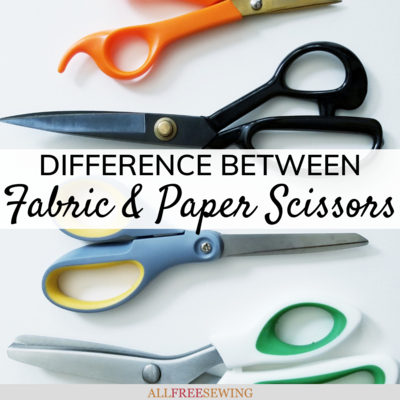

![Know Your Bras Guide [Infographic]](http://irepo.primecp.com/2022/01/516311/Know-Your-Bras-Infographic-square21-nw_Large400_ID-4638247.png?v=4638247)
